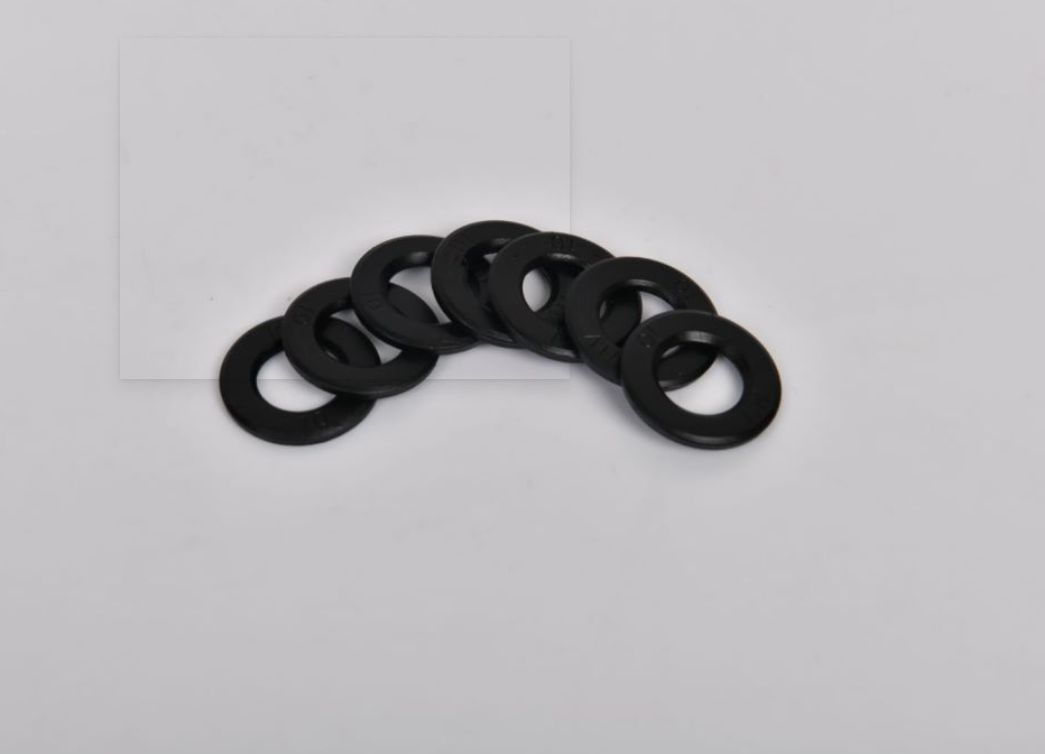split washer and flat washer products
Understanding Split Washers and Flat Washers A Comprehensive Guide
When it comes to mechanical assemblies, washers play an essential role in ensuring the stability and reliability of connections. Two popular types of washers that are frequently used in various applications are split washers and flat washers. While both serve to distribute load and prevent loosening, they have distinct characteristics and uses that make them suitable for different situations. This article aims to delve into the features, advantages, and practical applications of split washers and flat washers.
What are Washers?
Washers are thin, disk-shaped components that are typically made from metal, plastic, or rubber. They are placed between a nut or bolt head and the surface of the material to provide a smooth bearing surface, prevent damage, and reduce friction. Washers also help to distribute the load of the fastener over a larger area, which improves the assembly's overall integrity and performance.
Flat Washers
Flat washers are the most commonly used washers in the industry. They are characterized by their flat, circular shape with a centrally located hole that allows them to fit over a bolt or screw. Flat washers serve multiple purposes
1. Load Distribution By providing a larger surface area, flat washers help to evenly distribute the load applied by a nut or bolt. This prevents damage to the surface of the material being fastened and helps maintain the integrity of the assembly.
2. Prevention of Loosening Flat washers can also help prevent the loosening of fasteners under vibrations and dynamic loads, although they are less effective than their split counterparts in this regard.
3. Protection They act as a protective barrier between the fastener and the surface, reducing the risk of corrosion and damage by eliminating direct contact.
Flat washers come in a variety of sizes, materials, and thicknesses, making them versatile for use in numerous applications ranging from construction to automotive industries.
Split Washers
Split washers, also known as lock washers, are designed with a split or gap in their circumference, which creates a spring-like action
. This unique design provides several benefitssplit washer and flat washer products

1. Prevention of Loosening Split washers are particularly effective at preventing the loosening of fasteners due to vibrations. The gap in the washer allows it to exert a spring effect, creating tension that helps keep the nut or bolt tightly in place.
2. Load Distribution While split washers do provide some degree of load distribution, it is often less than that provided by flat washers. However, their ability to maintain tension can be more critical in many applications, particularly in situations involving movement or vibration.
3. Material Selection Like flat washers, split washers are available in various materials, including stainless steel, carbon steel, and alloys, which can enhance their performance based on the specific needs of the application.
Applications of Washers
Both split and flat washers find applications across multiple industries, including automotive, aerospace, construction, and electronics.
- Automotive In vehicles, flat and split washers are used throughout the engine, suspension systems, and body panels. Their ability to prevent loosening is crucial in maintaining safety and performance.
- Aerospace In the aerospace sector, reliability is paramount. Both types of washers are utilized to ensure that critical components remain secure, even under extreme conditions.
- Construction Flat washers are often used in structural applications, where they help protect surfaces and maintain effective load distribution in building frameworks.
- Electronics Washers are also used in electronic devices, where they provide support and stability to circuit boards and components.
Conclusion
In summary, both split washers and flat washers serve vital roles in securing fasteners and maintaining the integrity of mechanical assemblies. Understanding the differences between these two types of washers enables engineers and designers to select the appropriate type for their specific applications. While flat washers excel in load distribution and surface protection, split washers stand out for their effective prevention of loosening under dynamic conditions. By choosing the right washer, professionals can significantly enhance the performance and longevity of their products.
-
Top Choices for Plasterboard FixingNewsDec.26,2024
-
The Versatility of Specialty WashersNewsDec.26,2024
-
Secure Your ProjectsNewsDec.26,2024
-
Essential Screws for Chipboard Flooring ProjectsNewsDec.26,2024
-
Choosing the Right Drywall ScrewsNewsDec.26,2024
-
Black Phosphate Screws for Superior PerformanceNewsDec.26,2024
-
The Versatile Choice of Nylon Flat Washers for Your NeedsNewsDec.18,2024










